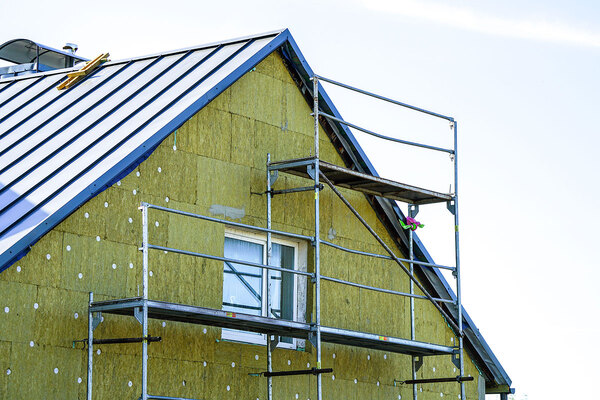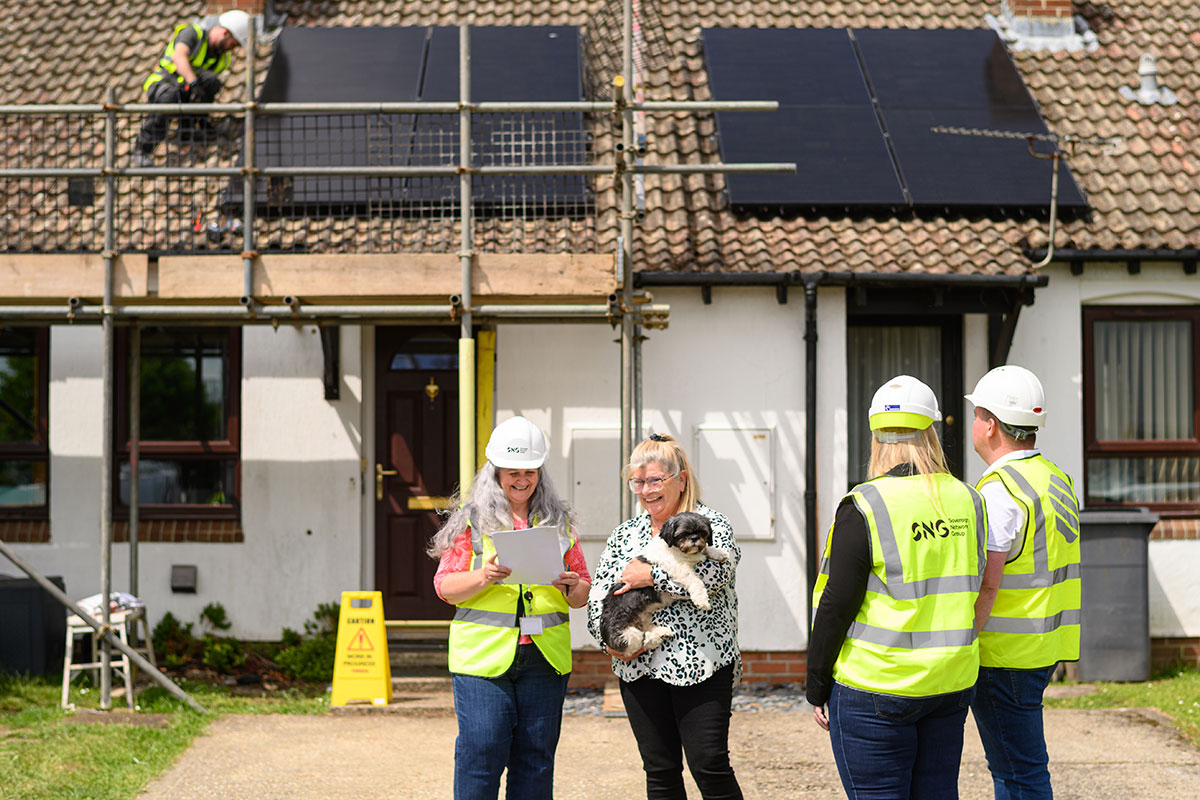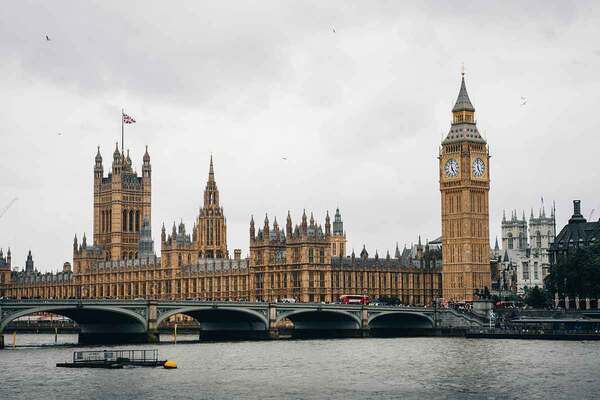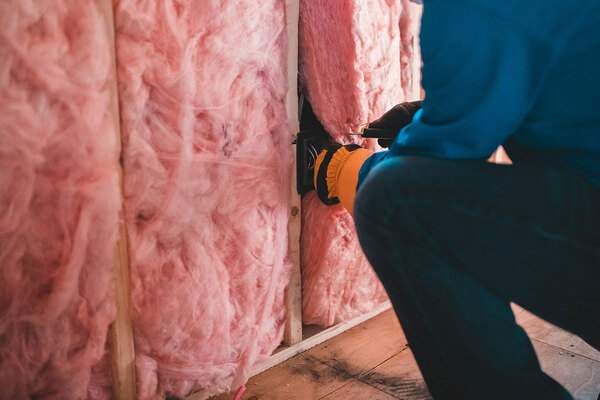Government funding and private investment are needed to retrofit homes and buildings
Rubianka Winspear, senior associate at Trowers & Hamlins, runs through the new funding schemes available for decarbonising homes
In September, the Department for Energy Security and Net Zero (DESNZ) announced three government funds targeting the installation of energy-efficiency measures and low-carbon heating across social housing, private homes and public-sector buildings.
The three funds announced – the Warm Homes: Social Housing Fund (WH: SHF), the Warm Homes: Local Grant (WH: LG) and Phase 4 of the Public Sector Decarbonisation Scheme (PSDS 4) – build on previous iterations of earlier funding streams. The amount of funding available through each these grants will only be confirmed after the government’s Spending Review.
The Labour manifesto, however, promised a ‘Warm Homes Plan’, pledging an extra £6.6bn over the next parliament. The expectation is that significant amounts of grant will be released through these funds.
These funding announcements will be welcome news for the sector. But it is clear that government funding alone will not be sufficient to deliver the energy upgrades to homes and buildings that are required to achieve the net zero targets of social housing and local authority landlords.
The government has acknowledged this fact and highlighted that there is a clear role for private investment in this space. The Labour manifesto specifically states that the government intends to work with both local government and the private sector to finance the roll-out of energy-efficiency and low-carbon heating measures across the nation’s homes and buildings.
With the increased costs pressures facing registered providers and local authorities, landlords are considering multiple routes to fund the costs of energy-efficiency upgrades.
This includes government funding, traditional debt finance and alternative funding streams, such as fully financed retrofit options where third-party private finance funds the capital costs of energy-efficiency measures at properties and costs are recovered over the medium to long term via ‘comfort charges’ or ‘energy as a service’ models. These arrangements need to be structured carefully to ensure that tenants are prioritised and to ensure that these financed-retrofit options work in the context of the social housing and public sector.
While government funding is only one component of the multi-pronged approach needed to successfully deliver energy-efficiency upgrades across homes and buildings, the announcement of these three funds is a positive sign that the government’s priorities align with the sector’s energy-efficiency needs. The amount of funding allocated to each fund will be keenly anticipated at the next Spending Review.
Details of the three funds are as follows:
Warm Homes: Social Housing Fund
The WH: SHF is a rebrand of the previous Social Housing Decarbonisation Fund aimed at funding energy improvements across the social housing stock in England. Wave 3 of WH:SHF will encourage the installation of low-carbon heating measures alongside fabric energy-efficiency upgrades.
There are two funding routes available: the ‘challenge fund’ route will guarantee some funding to all landlords that meet the minimum requirements. The ‘strategic partnership’ route is a competitive funding process aimed at larger landlords with established track record in delivering retrofit works.
The application window for WH:SHF is currently open and will close on 25 November 2024. Works are to be delivered between 2025 and 2028.
The template forms for the grant funding agreement and data sharing agreement have now been released. It will be important for bidders to understand their obligations and liabilities under these documents and what needs to be flowed-down to contractors under the delivery contracts.
Warm Homes: Local Grant
The WH: LG will be delivered by local authorities and provides grants for energy performance upgrades and low-carbon heating for privately owned and rented homes with low household incomes. The fund builds on previous local authority-delivered retrofit schemes such as the Local Authority Delivery and the Home Upgrade Grant.
Local authorities will be required to provide an expression of interest (EoI) and all eligible local authorities that provide an EoI will be allocated funding to some degree. The intention of the new EoI model is to avoid local authorities having to ‘out compete’ each other for funding.
The application window is open and will close on 1 December 2024, with works expected to start in April 2025 and continue for a three to five-year period.
Public Sector Decarbonisation Fund: Phase 4
Unlike the other two funds, PSDS 4 is not aimed at domestic properties and is instead targeted at public authorities looking to decarbonise public-sector buildings. In order to qualify, the relevant buildings must be served by a fossil fuel heating plant that will be upgraded to a low-carbon heat alternative.
Unlike previous phases, grant will not be awarded on a ‘first come, first served’ basis, but instead projects with lower ‘grant carbon costs’ (ie a lower carbon cost per tonne) will be prioritised.
The application window for PSDS 4 is now open and will close on 25 November 2024, with projects expected to be delivered between 2025 and 2028.
Rubianka Winspear, senior associate, Trowers & Hamlins
Sign up for our asset management newsletter
Already have an account? Click here to manage your newsletters













